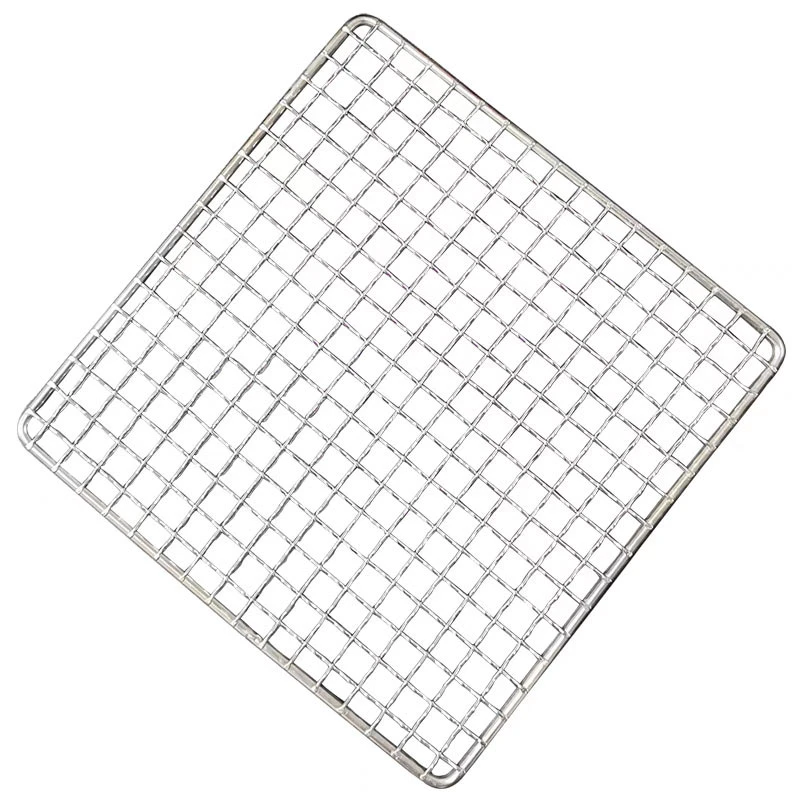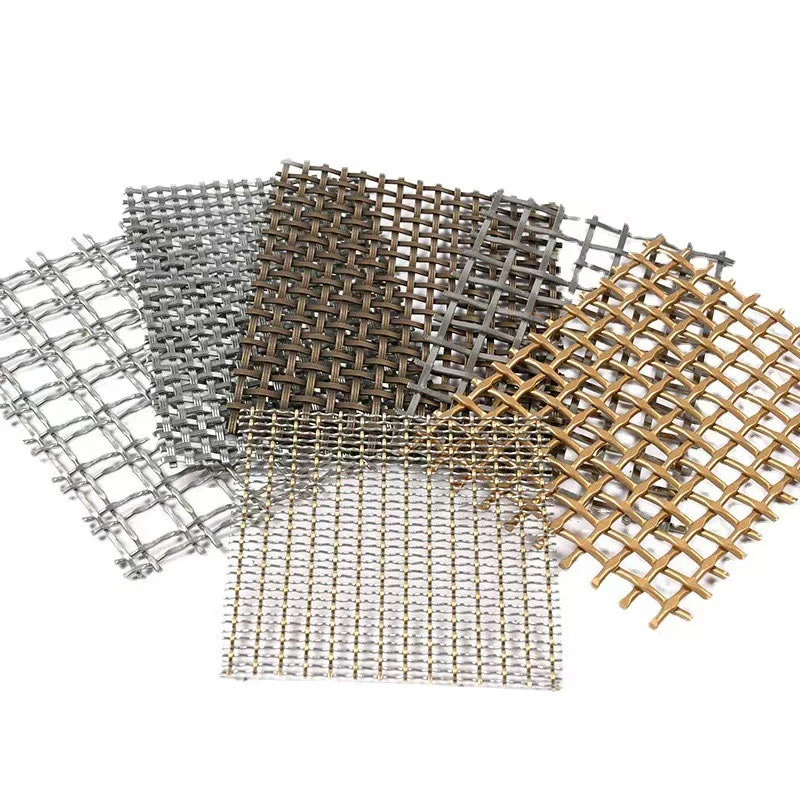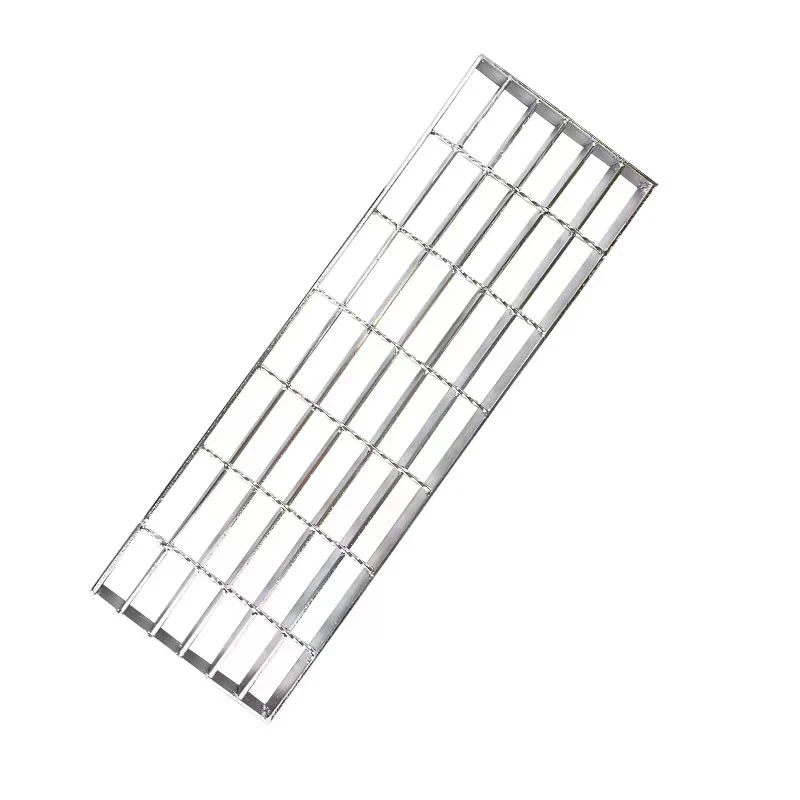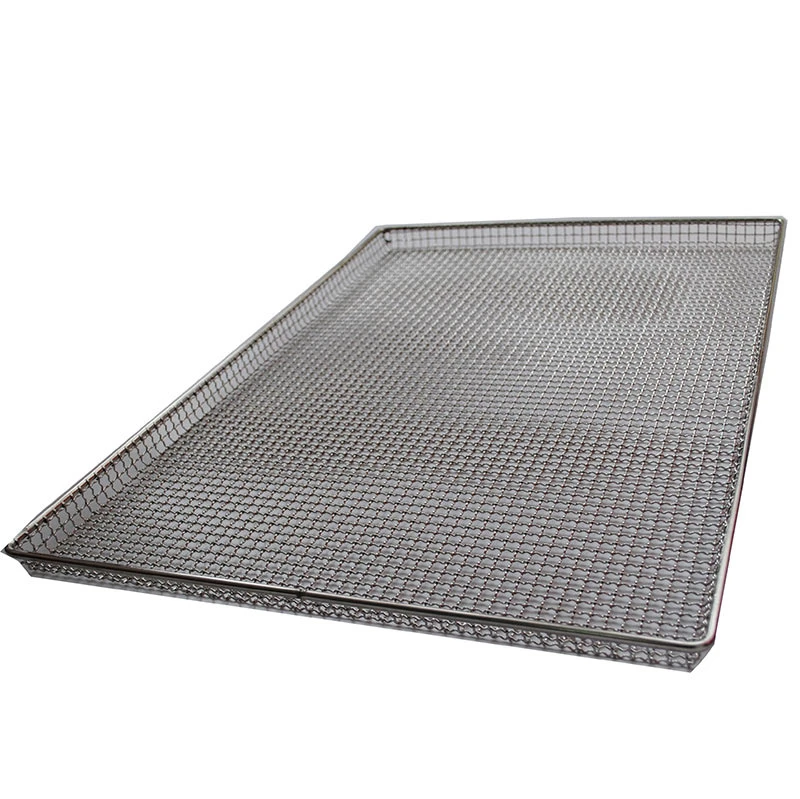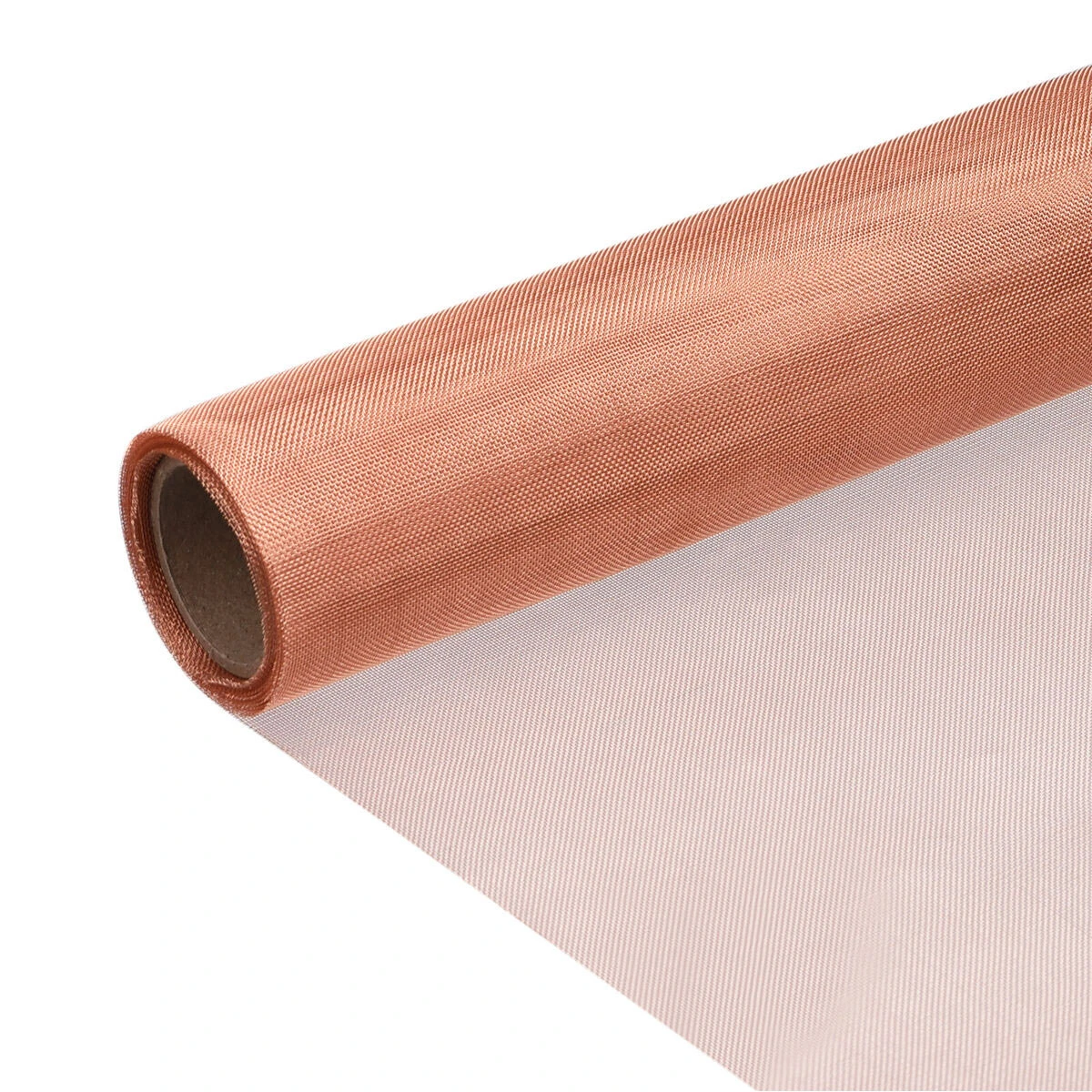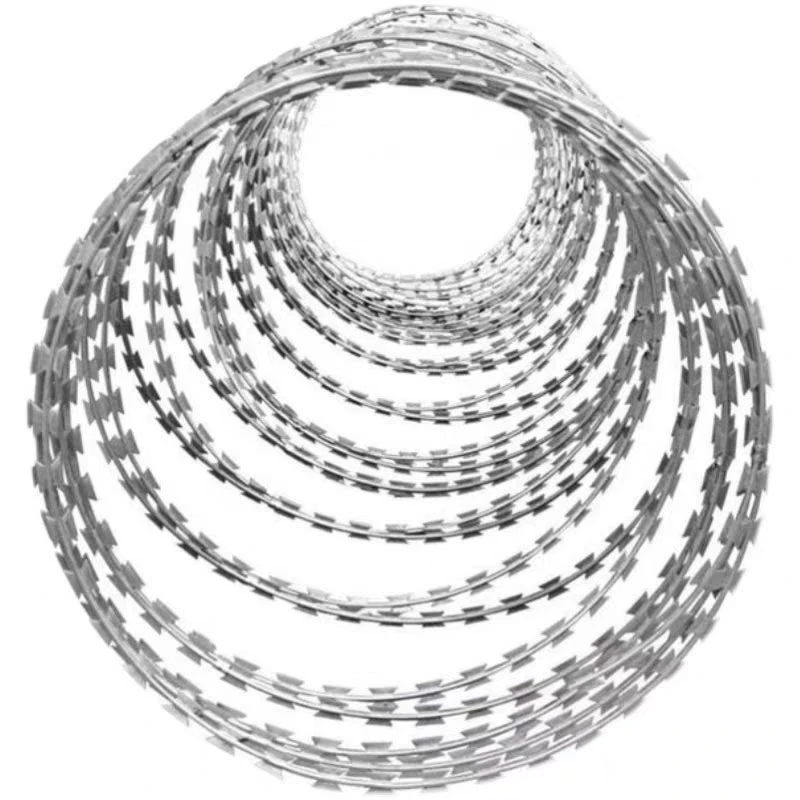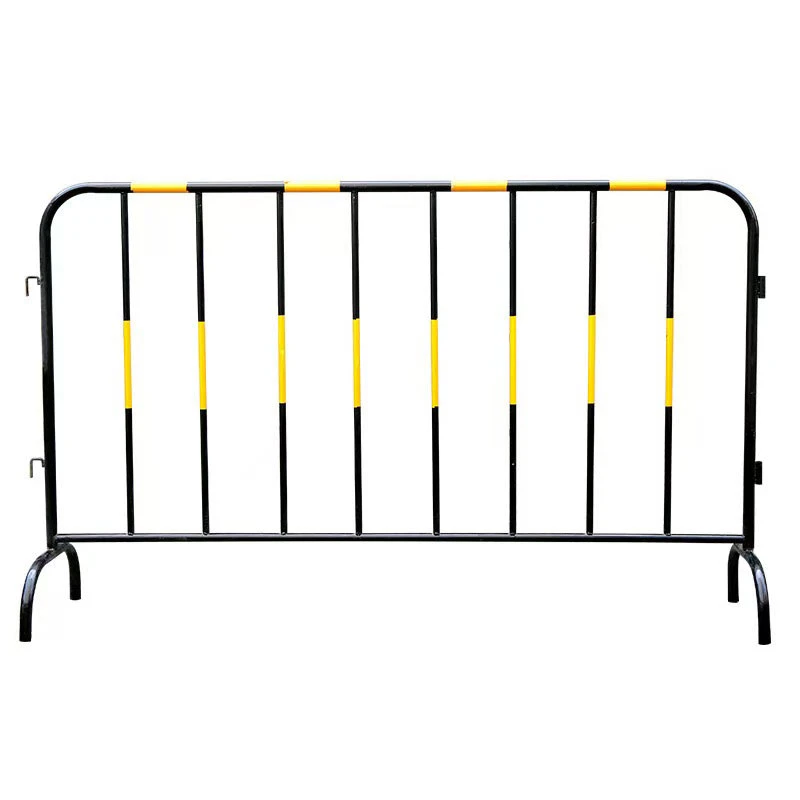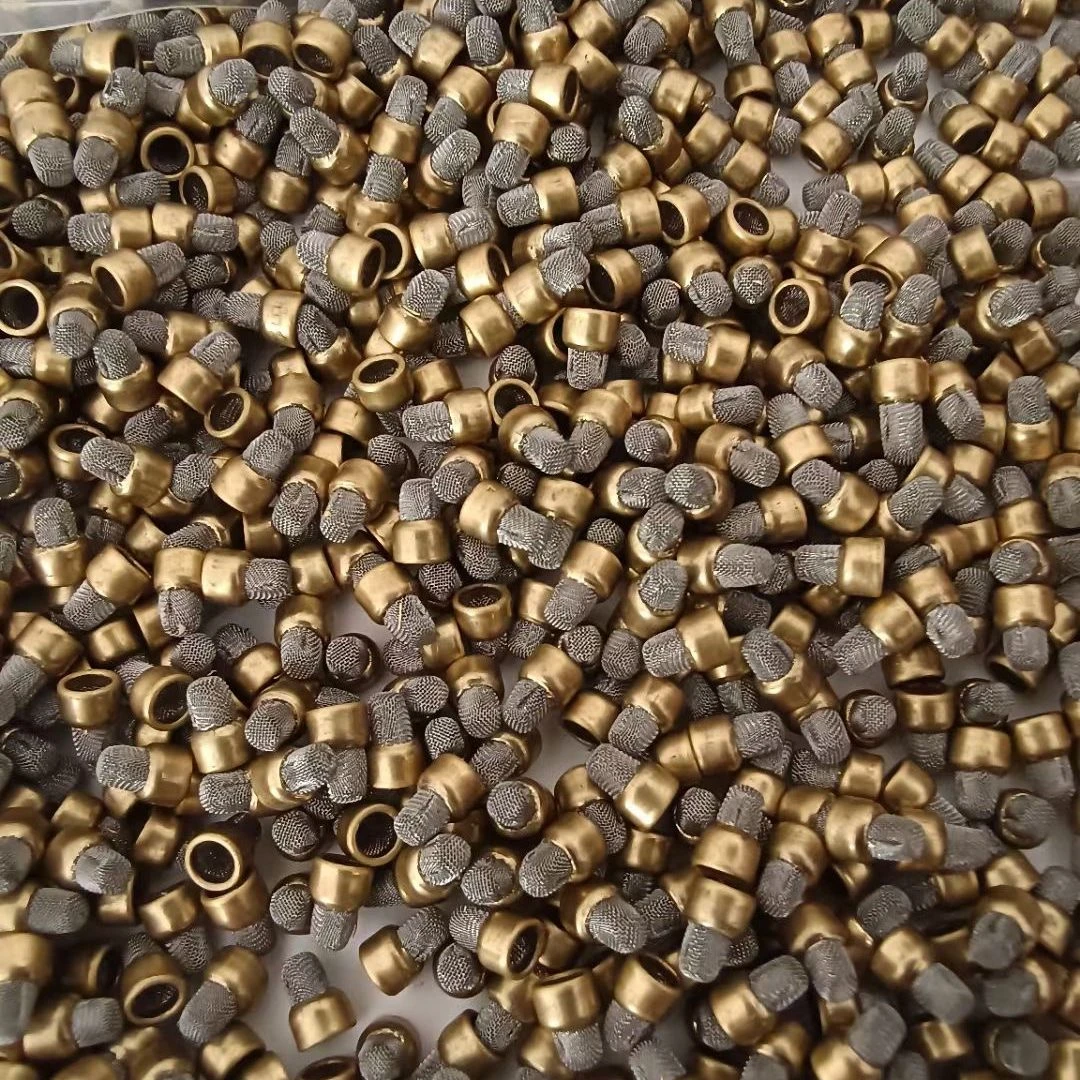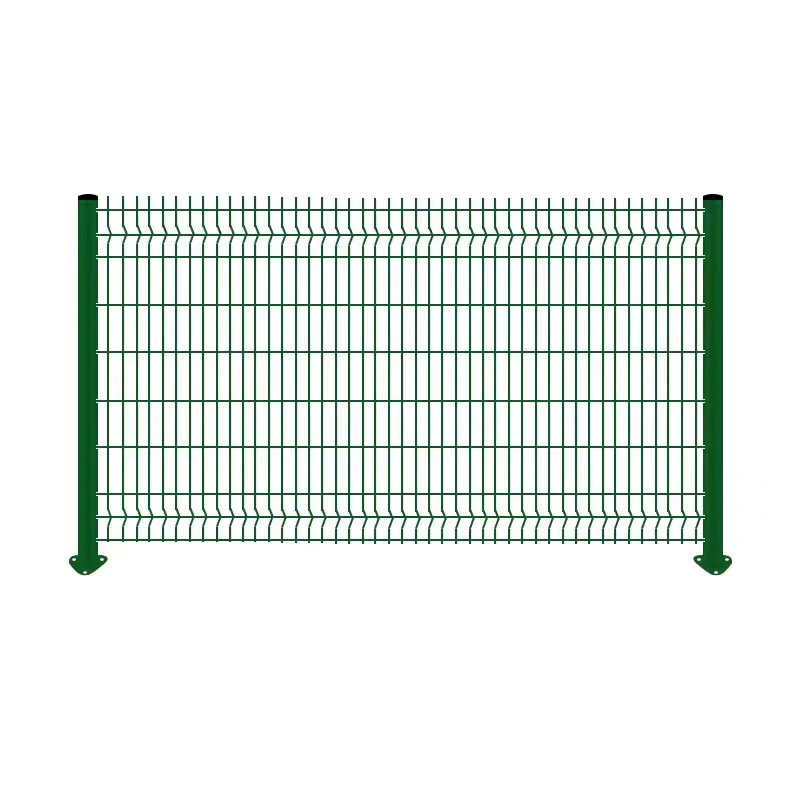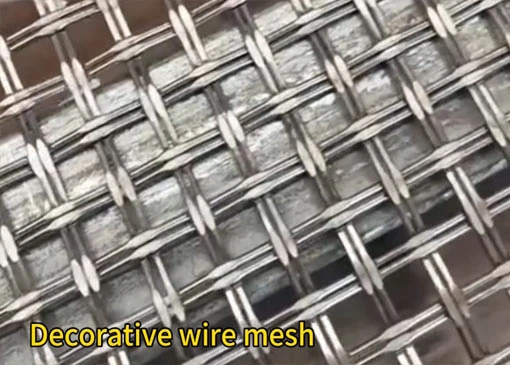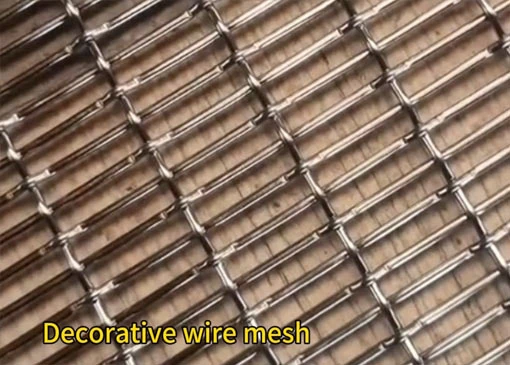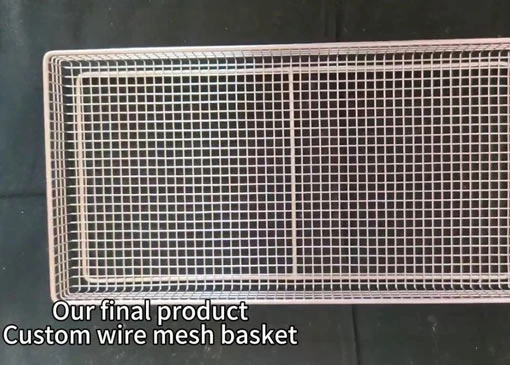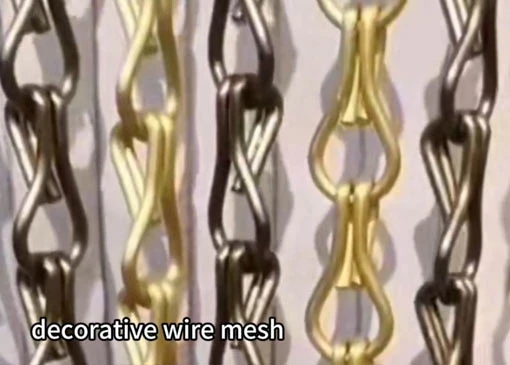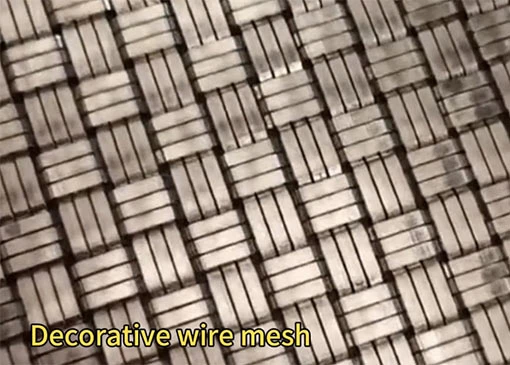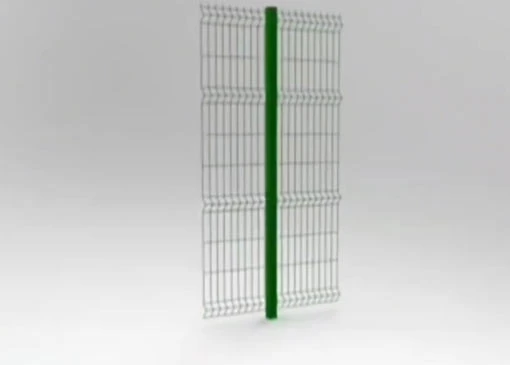Decorative wire mesh is a versatile material used to enhance both the aesthetics and functionality of interior and exterior spaces. Whether you're designing a modern home, a commercial building, or a custom furniture piece, decorative wire mesh offers a stylish solution that combines strength, texture, and transparency. Here's a practical guide on how to effectively use decorative wire mesh in different applications.
1. Architectural Cladding and Facades
Use: Install decorative wire mesh on building exteriors as a cladding material to add texture, improve sun shading, or create privacy screens.How to Do It:
- Choose a durable material like stainless steel or powder-coated aluminum.
- Attach the mesh to the building using tensioned frames or brackets.
- Consider using backlighting for dramatic nighttime effects.
- Select patterns (e.g., woven, welded, crimped) that complement the building's design.
Benefits: Adds depth and visual interest while also offering protection and energy efficiency.
2. Interior Partitions and Dividers
Use: Create semi-private zones in open-plan layouts using mesh partitions in offices, restaurants, or lofts.How to Do It:
- Mount the mesh inside metal or wood frames.
- Use floor-to-ceiling mesh panels for a dramatic, airy effect.
- Combine with glass or fabric for a layered design.
Benefits: Maintains light flow and openness while visually defining spaces.
3. Cabinet Doors and Inserts
Use: Replace solid panels in cabinets with wire mesh for ventilation and style in kitchens, wine cellars, and display units.How to Do It:
- Cut the mesh to fit cabinet door frames.
- Secure it using staples, screws, or metal clips.
- Choose from finishes like brass, bronze, or matte black depending on your theme.
Benefits: Enhances air circulation and gives cabinets a vintage or industrial charm.
4. Ceilings and Lighting Designs
Use: Install mesh on ceilings to conceal pipes or ducts, or use it as a base for integrated lighting systems.How to Do It:
- Hang mesh panels from the ceiling grid.
- Add recessed or track lighting above or behind the mesh.
- For decorative fixtures, wrap mesh around light bulbs or chandeliers.
Benefits: Creates a textured, modern ceiling with dynamic light effects.
5. Railing Infill and Stair Panels
Use: Insert decorative wire mesh between railing posts on stairs, balconies, or decks.How to Do It:
- Choose mesh with an appropriate gauge and spacing for safety.
- Secure it within a steel, aluminum, or wood frame.
- Ensure the installation meets local building codes.
Benefits: Provides safety without blocking views—ideal for both modern and rustic styles.
6. Wall Panels and Art Features
Use: Use mesh as a stand-alone feature wall or backdrop in living rooms, lobbies, or retail displays.How to Do It:
- Mount mesh over colored panels, wood, or concrete.
- Add lighting behind the mesh for visual depth.
- Consider laser-cut mesh with custom patterns or logos.
Benefits: Adds texture and design interest with a modern industrial touch.
7. Furniture Design
Use: Incorporate mesh into custom furniture like shelving, coffee tables, chairs, or wardrobes.How to Do It:
- Weld or screw mesh panels into wood or metal frames.
- Use fine mesh for subtle accents or coarse mesh for bold contrast.
Benefits: Adds breathability, lightness, and visual appeal to furniture.
Decorative wire mesh offers a unique combination of form and function. Easy to customize and available in various materials, patterns, and finishes, it can transform any space with an industrial, modern, or classic touch. Whether you're an architect, designer, or DIY enthusiast, understanding how to use decorative wire mesh effectively opens the door to countless creative and practical possibilities.

